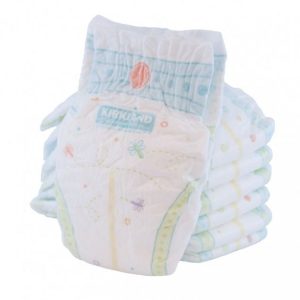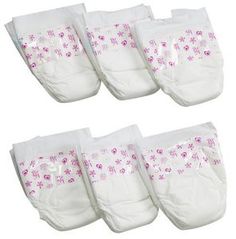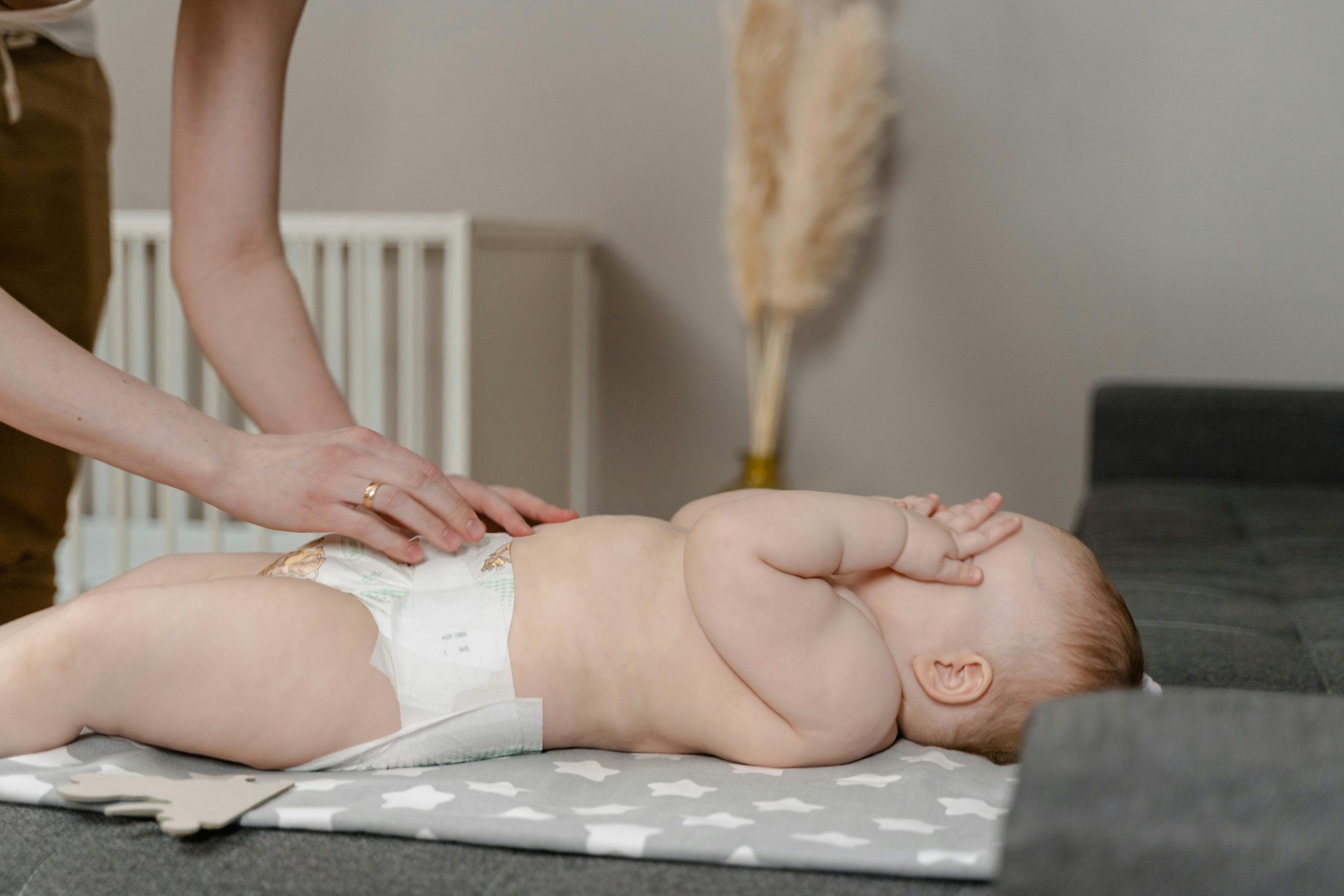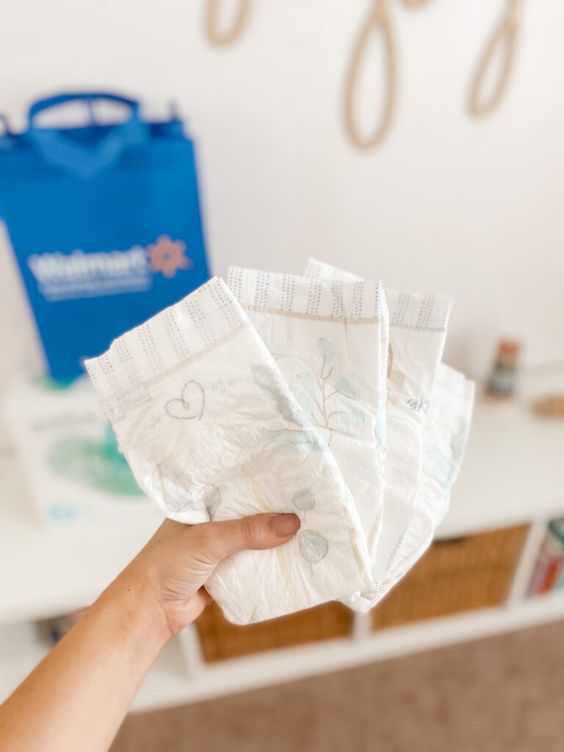How Often to Change a Diaper: A Comprehensive Guide for New Parents
Diaper changes are an integral part of your baby’s daily routine. They’re not just about maintaining hygiene, but also about ensuring your little one’s comfort and health. As a new parent, knowing exactly when to change diapers can be perplexing initially. This guide will delve into the frequency of diaper changes, explaining why it matters, how often to do it, and what factors influence this critical parenting task.
The Importance of Timely Diaper Changes
Primarily, diaper changes are vital to prevent diaper rash – a common irritant caused by prolonged exposure to wetness or stool. Moreover, frequent changes help control bacterial growth, thereby promoting your baby’s skin health. It’s also essential for babies’ overall well-being as it reduces discomfort and keeps them content.
Factors Impacting Diaper Change Frequency
Age of the Baby:Newborns have more frequent bowel movements and urinate nearly every hour. Thus, expect to change their diapers up to 10-12 times a day. As they grow, the need reduces, yet you should still aim for at least 6-8 changes daily.
Type of Diaper Used:Different types of diapers, like cloth or disposable, may impact the change frequency. Disposable diapers often come with indicators that turn blue when wet, signaling a need for a change. With cloth diapers, it’s crucial to change promptly upon saturation to maintain dryness.
Feeding Schedule:Babies typically urinate after feeding. Formula-fed infants might go longer between feedings, while breastfed babies tend to eat more frequently. Therefore, plan on changing diapers following each feeding session.
Signs of a Dirty Diaper:Watch out for telltale signs that signal a diaper change is due. These include feeling bulkiness or heaviness in the diaper, visible leaks, odor, or if your baby seems restless, which could indicate discomfort.
Guidelines for Changing Diapers Regularly
Firstly, establish a routine around naptimes, mealtimes, and before bedtime. Secondly, always check and change the diaper during night wakings. Furthermore, never let a soiled diaper remain on for too long, especially if it contains stools.
Diaper Change Tips for Different Stages
Infants (0-3 months)
During these early weeks, be prepared to change diapers as often as every two hours, sometimes more. Remember, every newborn is unique, so flexibility is key.
Babies (3-12 months)
As your baby starts eating solid foods and their digestive system matures, bowel movements become less frequent. However, urine output remains steady. Therefore, continue to monitor closely and change when necessary.
Toddlers (12+ months)
Once potty training begins, you’ll notice fewer wet diapers. Even so, keep up regular changes until your toddler has mastered using the toilet independently.
Remember:
- Every baby is unique: Pay attention to your baby’s individual needs and adjust the frequency accordingly. Some babies might need more frequent changes due to sensitive skin or high urine output.
- Trust your instincts: As you spend time with your baby, you’ll develop an intuitive sense of their diaper needs. Don’t hesitate to change based on your gut feeling.
- Talk to your pediatrician: If you have any concerns about diaper frequency, skin irritation, or unusual bowel movements, consult your pediatrician for guidance.
Conclusion
In summary, the frequency of diaper changes largely depends on your baby’s age, feeding habits, and the type of diaper used. Consistency is key; don’t wait for the diaper to reach maximum capacity. By staying vigilant and responding quickly to your baby’s needs, you’ll ensure a happier, healthier baby. Remember, there’s no one-size-fits-all answer, but by paying attention and adapting to your child’s cues, you’ll master the diaper-changing dance in no time.




